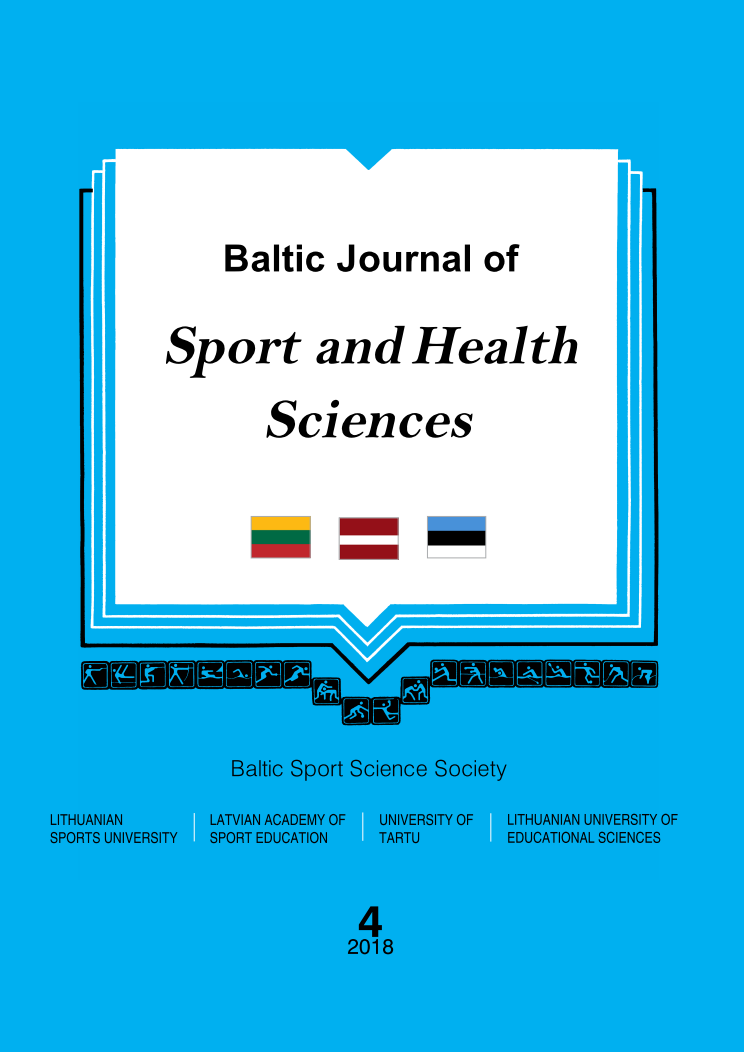Relations of Body Voluminosity and Indicators of Muscularity with Physical Performance of Police Employees: Pilot Study
Abstract
Background. Activities like running, push-ups and sit-ups may be impacted by a higher body volume and size whether it is due to the amount of fat mass (FM) or skeletal muscle mass (SMM). The purpose of this study was to investigate the differences in physical performance among muscularly developed police employees with higher body mass index (BMI) levels. Methods. Twenty (n = 20) male police employees were divided in 3 groups by BMI but defned by significantly different skeletal muscle mass index (SMMI): muscular (n = 7, BMI < 25 kg/m2, SMMI ≥ 13.16 kg/m2), very muscular (n = 7, BMI = 25–27.5 kg/m2, SMMI = 13.17–14.10 kg/m2), and highly muscular (n = 6, BMI > 27.5 kg/m2, SMMI ≥ 14.10 kg/m2). Body composition components (FM, SMM, percent of fat mass [PFM], percent of skeletal musclemass [PSMM], SMMI) were assessed by multichannel bioelectrical impedance. The differences in performance of the 50-meter sprint run (RU50), 1-minute push-up (PU), 1-minute sit-up (SU), and 800-meter run (RU800) between BMI groups were statistically tested by a univariate analysis of variance with a Bonferroni post-hoc test. Results. Highly muscular participants performed fewer SU than muscular (8.14 repetitions, p = .004) and very muscular (6.42 repetitions, p = .021) participants, and run slower on RU800 test (52.57 s, p = .034 and 51.71 s, p =.038, respectively). Conclusion. Physical performance may be negatively impacted in highly muscular police employees once BMI gets above 27.5 kg/m2 and SMMI above 14.10 kg/m2.
Keywords: body composition, running, push-ups, sit-up






